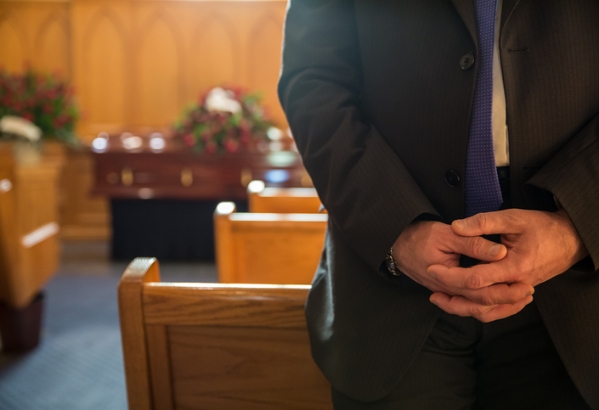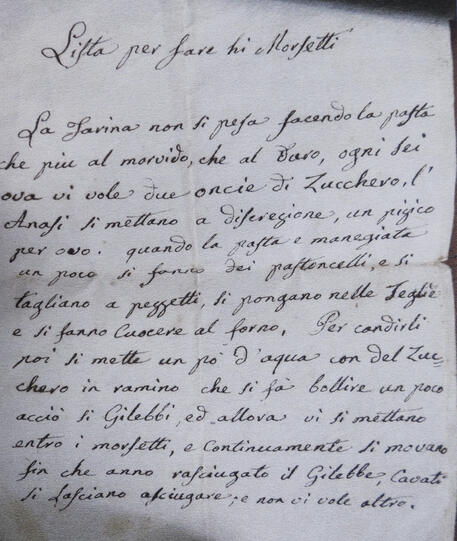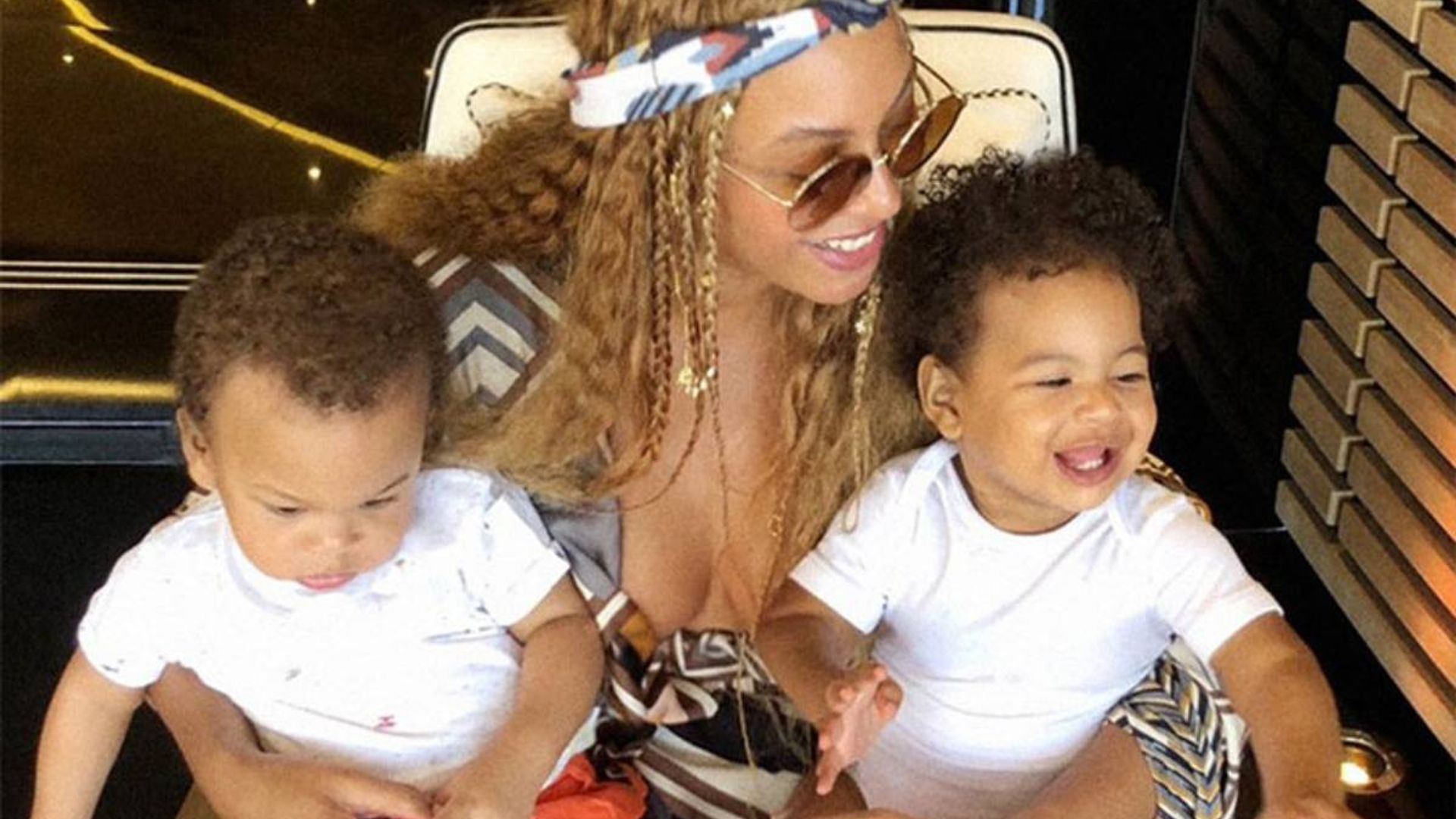The Intricacies Of Seating Arrangements At A Papal Funeral

Table of Contents
Historical Context and Evolution of Papal Funeral Seating
Papal funeral arrangements have evolved significantly over the centuries. Early Papal funerals, often simpler affairs, lacked the elaborate seating protocols seen today. The location itself varied, sometimes occurring within the Vatican and other times in different basilicas around Rome. Seating was likely less formalized, reflecting the less structured nature of the early Church.
The impact of Vatican II (1962-1965) brought significant changes to many aspects of Catholic liturgy, including funeral rites. The council's emphasis on simplicity and community participation influenced funeral protocols, although the inherent solemnity and hierarchical nature of a Papal funeral remained. Modern adaptations consider accessibility for attendees, media coverage, and security concerns, adding further layers of complexity to the seating arrangements.
- Early Papal funerals and seating arrangements: Often less formal, with seating dictated more by proximity and social standing than strict protocol.
- The impact of Vatican II on funeral protocols: Introduced a more participatory approach, influencing the overall structure but not eliminating the hierarchical seating.
- Modern adaptations and considerations: Inclusion of media areas, designated seating for heads of state, and increased security measures significantly impact seating plans.
The Hierarchy of Seating: Diplomatic and Religious Considerations
The seating arrangement at a Papal funeral follows a strict order of precedence, reflecting both religious and diplomatic hierarchies. Proximity to the altar, the focal point of the ceremony, is highly significant. The College of Cardinals, the highest-ranking body within the Catholic Church, occupies prime seating areas, often closest to the altar. Their placement reflects their importance in electing the next Pope.
Heads of State and other dignitaries are seated according to international protocol, with the most senior representatives of nations holding the most prominent positions. Ambassadors and other diplomatic personnel are seated according to their countries' diplomatic ranking with the Holy See. Religious orders and representatives from various Churches are also allocated specific seating areas based on their standing and relationship with the Catholic Church. The Papal family and close associates typically occupy a designated section, reflecting their personal connection to the deceased Pope.
- Seating for the College of Cardinals: Usually in the front rows, closest to the altar, reflecting their preeminence in the Church.
- Placement of Heads of State and other dignitaries: Based on diplomatic protocol, reflecting international relations and hierarchy.
- Seating for religious orders and representatives: Positioned according to their standing within their respective religious communities and relations with the Catholic Church.
- Allocation of seating for the Papal family and close associates: A section reserved for those with a close personal relationship to the deceased Pope.
Symbolic Significance of Seating Placement
The seating arrangement at a Papal funeral is far more than a logistical exercise; it carries significant symbolic weight. Proximity to the altar, the symbolic center of the Catholic faith, represents spiritual closeness and importance. Those seated closest to the altar are visually and symbolically placed at the heart of the ceremony and the mourning.
Seating facing the altar demonstrates reverence and participation in the liturgical rites. The placement of specific delegations also communicates subtle yet important messages. For example, the prominent positioning of a particular nation's delegation might underscore the importance of that country's relationship with the Vatican.
- The symbolism of the altar and its proximity to key figures: Underlining their spiritual leadership and importance within the Church.
- The significance of seating facing the altar: Showing respect, participation, and unity in the ceremony.
- The message conveyed by the placement of specific delegations: Highlighting international relations and the significance of particular nations to the Vatican.
Logistics and Challenges of Papal Funeral Seating
Organizing the seating arrangements for a Papal funeral is a massive logistical undertaking. St. Peter's Basilica, while vast, has space limitations, requiring careful planning to accommodate the hundreds of dignitaries, religious leaders, and mourners who attend. Coordination with Vatican staff, security personnel, and diplomatic representatives is crucial to ensure smooth execution.
Security considerations are paramount, necessitating meticulous security planning and the implementation of strict protocols. Managing guest lists and confirmations, ensuring timely communication with attendees, and addressing accessibility needs for all participants present significant challenges.
- Space limitations within St. Peter's Basilica: Requires careful allocation of seating to accommodate all attendees.
- Coordination with security personnel and Vatican staff: Essential for the smooth execution of the event.
- Managing guest lists and confirmations: Ensuring all attendees have designated seating and access to the Basilica.
- Accessibility considerations for attendees: Meeting the needs of those with disabilities and ensuring their comfortable participation.
Conclusion
Understanding the intricacies of seating arrangements at a Papal funeral provides insight into the complex interplay of religious tradition, diplomatic protocol, and symbolic representation. The historical evolution, hierarchical structure, symbolic meaning, and logistical challenges all contribute to the significance of this often-overlooked aspect of Vatican ceremonial life. Further research into specific Papal funerals and their seating plans can offer a deeper understanding of this fascinating aspect of Vatican ceremonial life. Continue exploring the intricacies of these significant events to gain a more comprehensive appreciation of their historical and cultural importance.

Featured Posts
-
 Channing Tatums New Romance Spotted Shopping With Inka Williams
Apr 30, 2025
Channing Tatums New Romance Spotted Shopping With Inka Williams
Apr 30, 2025 -
 Argamanis Urgent Call Secure Release Of Israeli Hostages
Apr 30, 2025
Argamanis Urgent Call Secure Release Of Israeli Hostages
Apr 30, 2025 -
 Becciu E Il Papa Un Approfondita Esame Delle Preghiere E Del Contesto Delle Dimissioni
Apr 30, 2025
Becciu E Il Papa Un Approfondita Esame Delle Preghiere E Del Contesto Delle Dimissioni
Apr 30, 2025 -
 Beyonces Tour Why Sir Carter Isnt Joining Rumi And Blue Ivy On Stage
Apr 30, 2025
Beyonces Tour Why Sir Carter Isnt Joining Rumi And Blue Ivy On Stage
Apr 30, 2025 -
 German Official Rebuffs Pressure To Restart Russian Gas Imports
Apr 30, 2025
German Official Rebuffs Pressure To Restart Russian Gas Imports
Apr 30, 2025
